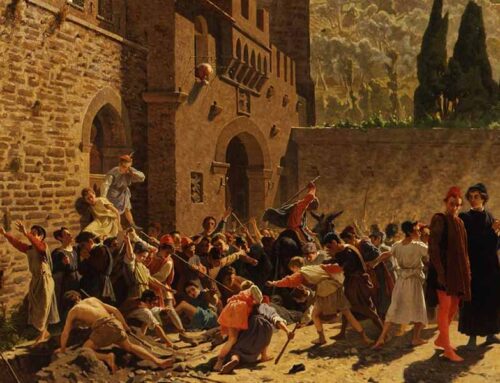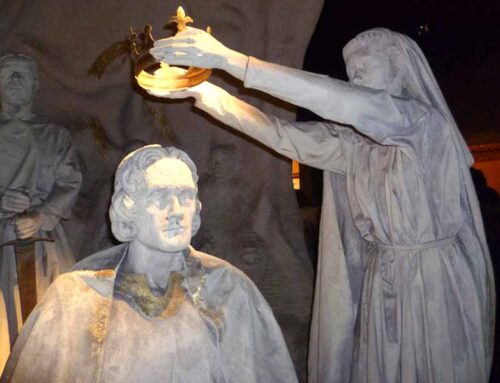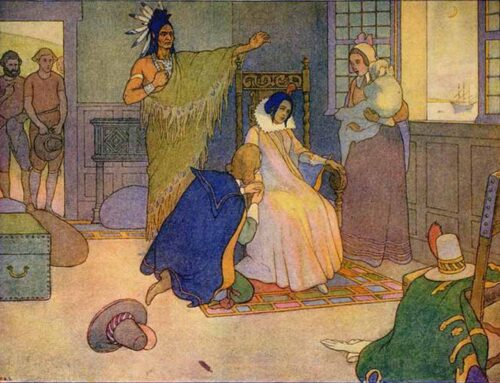
Robert Burns Is Born,
January 25, 1759
 n this date, all over the globe, in royal grandeur and in humbler abodes, “Burns Night” is celebrated. Toasts are drunk, verses recited, odes offered to the famed haggis, and Scotland’s Bard is remembered.
n this date, all over the globe, in royal grandeur and in humbler abodes, “Burns Night” is celebrated. Toasts are drunk, verses recited, odes offered to the famed haggis, and Scotland’s Bard is remembered.

Robert Burns (1759-1796)
In doing so, there is recalled another time when prosperity almost drowned out the echo of past heroism and a legacy worth dying for, when one man’s literary contributions to his nation’s fast-diluting culture became integral to its current identity. When you think of Scotland’s lore, for good or ill—be it noble Celts or staunch Covenanters, lost causes or tenacious engineering, majestic, mist-draped Highlands or the fertile, lush Lowlands—the imagery is greatly due to Burns’ own pen.
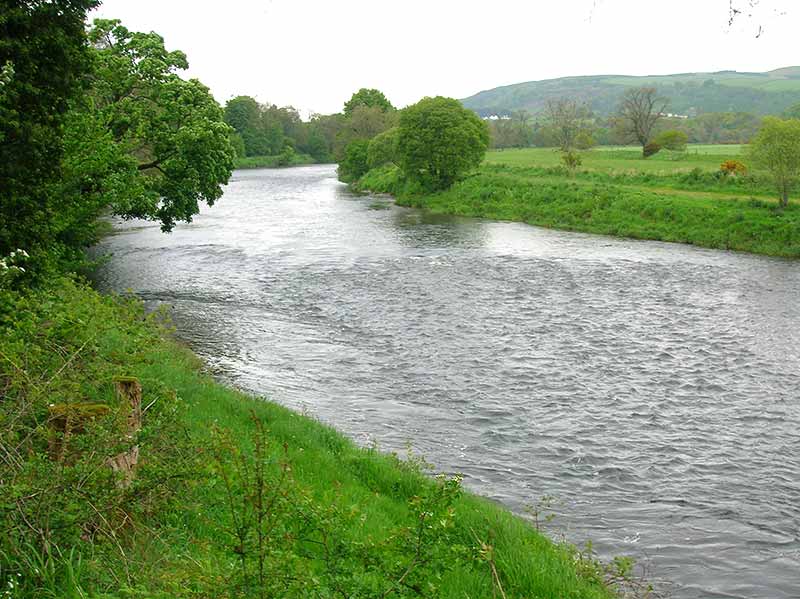
River Nith at Ellisland Farm, home to Robert Burns
For a country so ardently poetic and proudly lyrical, it is distinction indeed for one to ascend above all others in the national esteem and celebration. Every bit as crucial for his nation’s reputation, Burns’ work has found the same laud in the international sphere. Two thousand five hundred international “Burns Supper” events were recorded to have been held last year, up to nine and a half million people participating, many in countries as dissonant and far removed from heather and claymore as Russia, India, Sri Lanka, Fiji and Kazakhstan.

The traditional spread for a Burns Supper: haggis, neeps and tatties
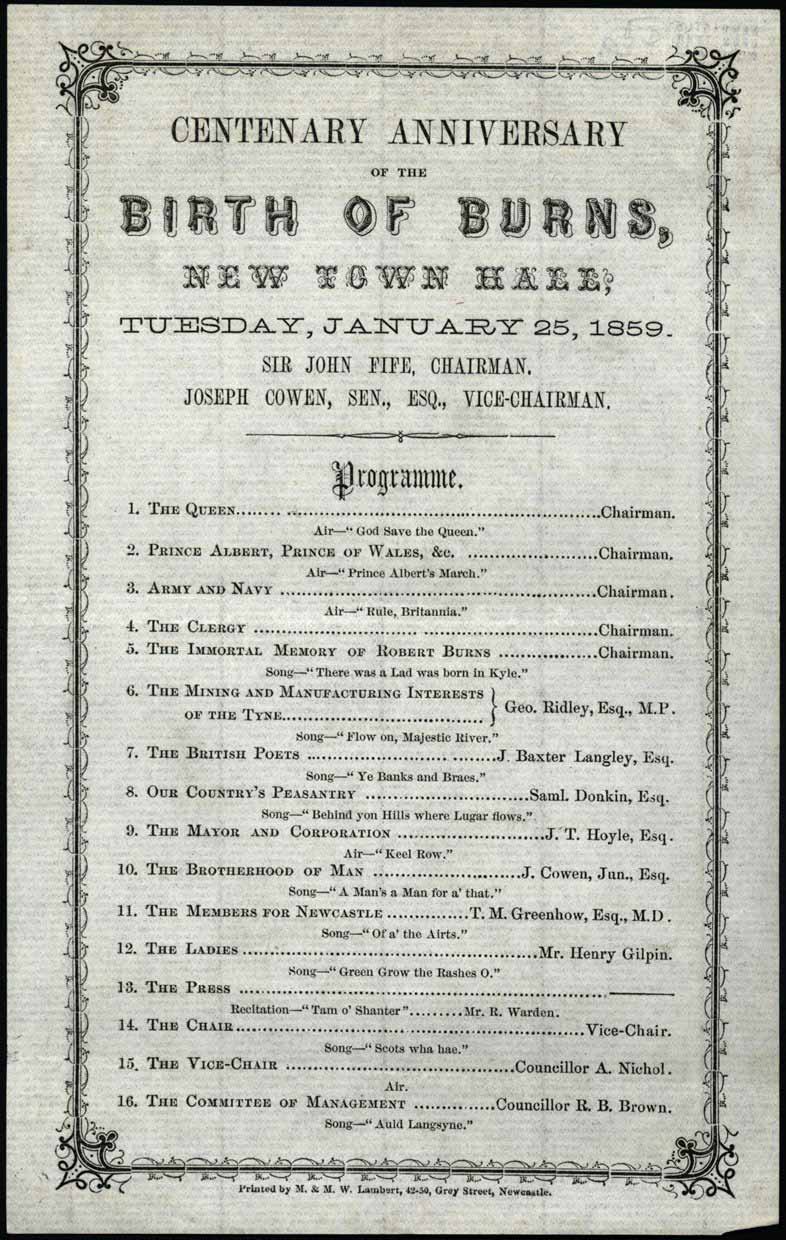
Program from a ‘Birth of Burns’ Supper, Newcastle, England, January 25, 1859
The very first Burns Night was held by his close friends at his birthplace, Burns’ Cottage, a few years after the poet’s untimely death in 1796. It has continued on ever since, moved only to mark his birth, spreading in popularity while keeping much of the humble form and close camaraderie of the original. Essential to a Burns Night is the reading and singing of his work and the sharing of biographical tidbits of his life—a life too large and tumultuous to be summarized, and rightly overshadowed by his legacy of verse. If ever a poet understood the character of his nation, it was Robert Burns.

Burns Cottage & Museum, birthplace of Robert Burns in Alloway, Scotland
In Burns we see a fierce pride for his country warring with disdain for many of its foundational attributes. We see swelling tributes to Christian principles sitting side-by-side on the page with scathing renouncements of the constraints of morality. Rarely was a man so torn in his admiration, so viciously uncomfortable in his love, or so successful in capturing Scotland’s own torn history. But there is no debate that the Scotland which Robert Burns captured in his writings was a noble, vivid, Christian country.

A 1787 manuscript of ‘Address to Edinburgh’ in Burns’ hand
A young Sir Walter Scott, reading and adulating Robert Burns, was keenly aware of the service the man had rendered his country in his brief life. Burns made it a crusade to preserve old tales and rhyme in their original Broad Scots dialect and get them published. He also wrote new compositions of such genius that even the icy English critics over the border praised and consumed his works with ardor. This crucial revival of Scottish heritage came not half a century after the defeat of the last Scottish king’s attempt to regain the throne. This defeat resulted in the violent suppression of all cultural trappings—the tartan, bagpipes and that old pesky clan system which had proven impenetrable to centuries of invaders.
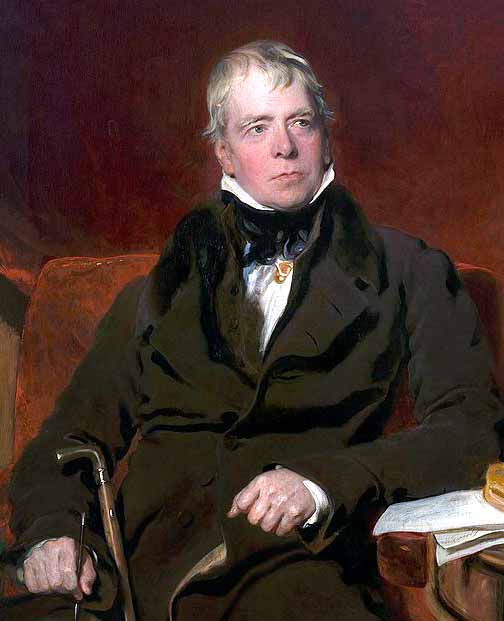
Sir Walter Scott (1771-1832)
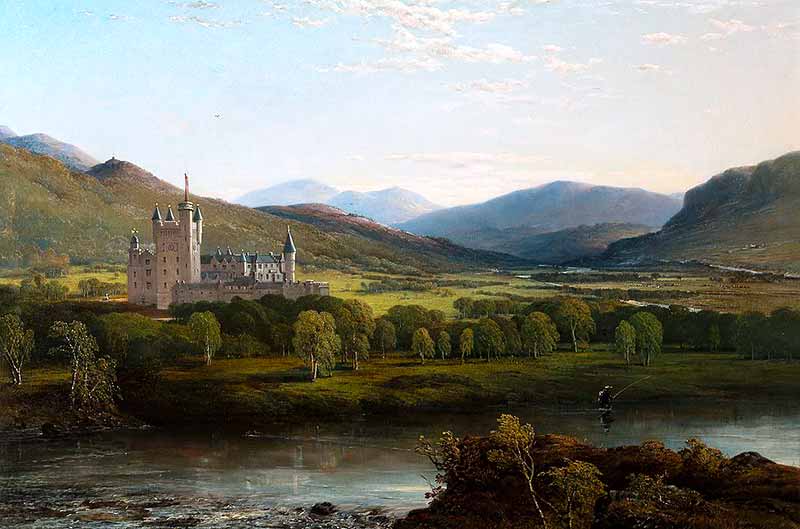
Balmoral Castle in Aberdeenshire, Scotland was built by Queen Victoria as a royal residence, and one of her favorite places
Where his “romantic” contemporaries and protégés would soon become renowned for their written work and poetry—names such as Scott, Shelley, Byron and Keats among them—Burns’ genius advanced in part due to his astounding ability to combine evocative music with his verse. Between the influence of the two of them—Robert Burns and Sir Walter Scott—the effects of this romantic revival reached even to Queen Victoria. Being a young and impressionable woman, she carried her passion so far as to purchase an estate near Lord Byron’s childhood stomping grounds of Aberdeenshire. There she and her husband, Prince Albert, erected the grand Balmoral Castle, the better to spend her holidays amongst what Burns called “the birthplace of valor, the country of worth.”
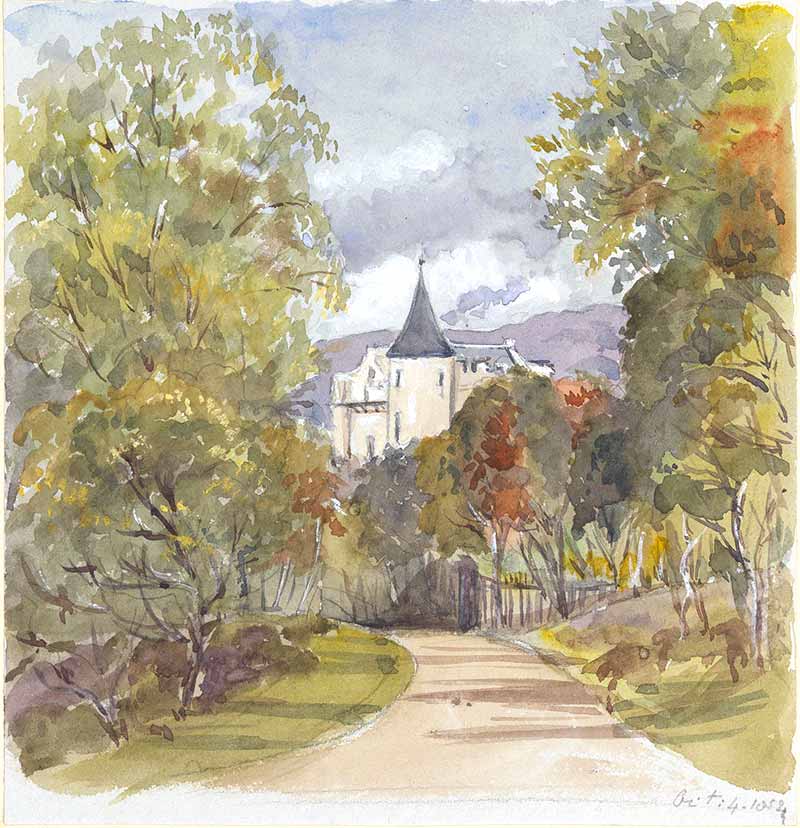
This watercolor of the new Balmoral Castle under construction—designed by Prince Albert to resemble his native German castles—was painted in 1852 by Queen Victoria
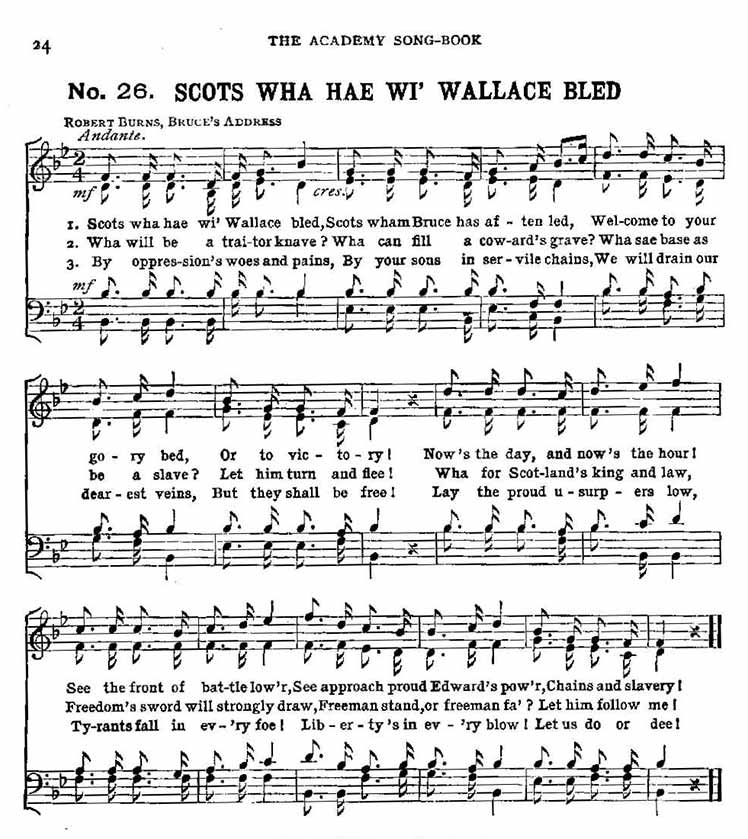
A song sheet for ‘Scots Wha hae’ with lyrics by Robert Burns, the one-time unofficial national anthem of Scotland
Image Credits: 1 & 2 Robert Burns & his signature (wikipedia.org) 3 River Nith (wikipedia.org) 4 Burns Supper Program (wikipedia.org) 5 Burns Supper spread (wikipedia.org) 6 Burns Cottage (wikipedia.org) 7 ‘Address to Edinburgh’ (wikipedia.org) 8 Sir Walter Scott (wikipedia.org) 9 Balmoral Castle (wikipedia.org) 10 Victoria’s Watercolor of Balmoral Castle (wikipedia.org) 11 ‘Scots Wha hae’ (wikipedia.org)


